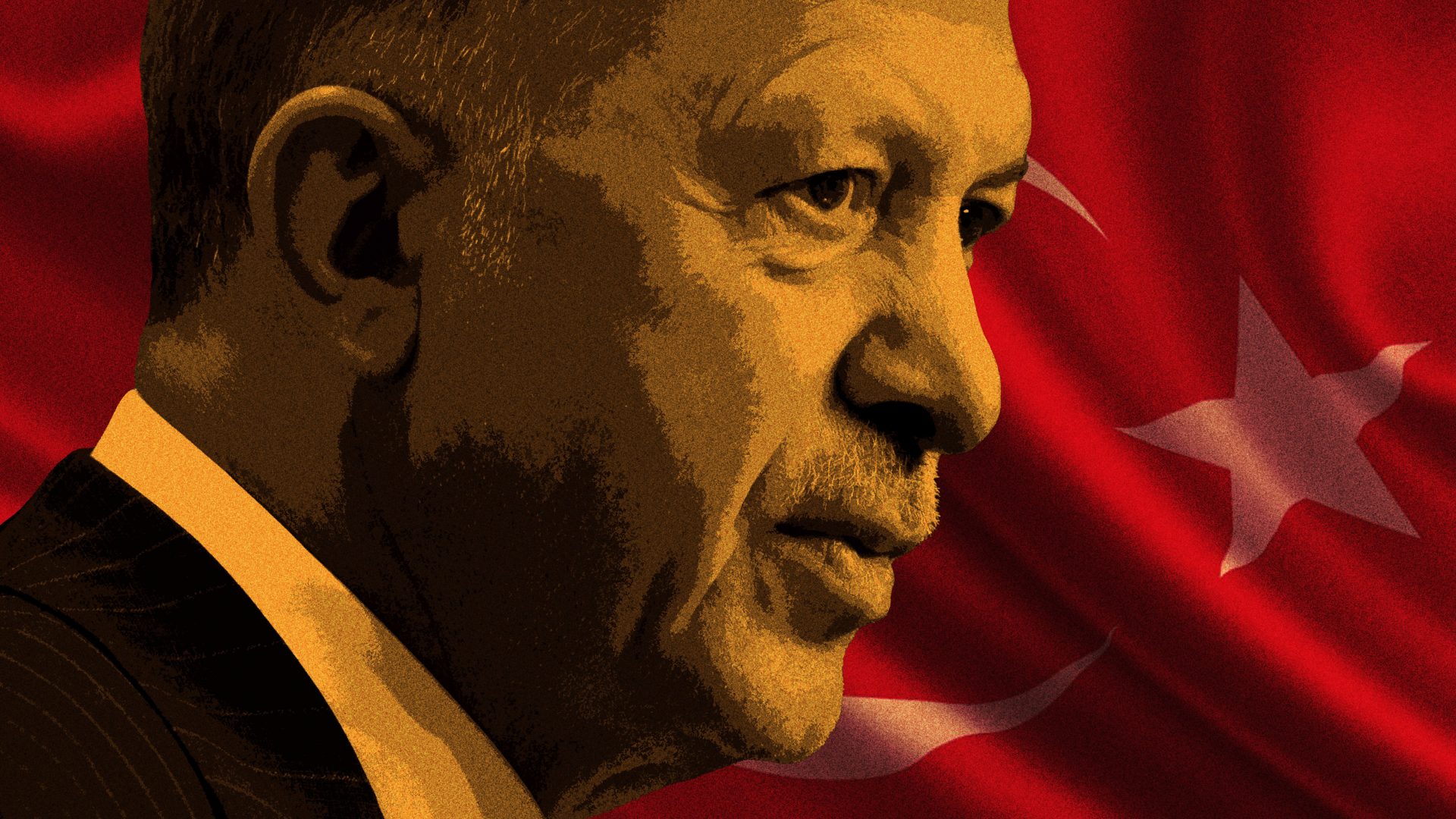Alphabet changes in modern history are rare, as writing systems evolve gradually and become deeply ingrained in the cultural and linguistic identity of a society.
Changes to established writing systems typically occur due to significant cultural, political, or educational reforms. One current example is Kazakhstan. Since 2017, the Central Asian Republic has been attempting to transition from the Cyrillic to the Latin alphabet to distance itself from its Soviet past. When I visited Almaty and Astana five years ago, it was rare to see signs in Latin script. These things are hard and they take time.
Turkey is a notable historical example of alphabetic change. In the early 20th century, Mustafa Kemal Atatürk, the founder of the modern Republic, spearheaded the “Alphabet Reform”, and in 1928, Turkey shifted from Arabic script to the Latin alphabet. This change was part of a broader effort to modernise and westernise the country.
Until then, Turkish was written in the Ottoman Turkish script, a modified version of Arabic. But it was always limited in its ability to represent the unique phonetic characteristics of Turkish, which led to inconsistent pronunciation and other difficulties.
The Arabic script traditionally does not include vowels, except for long vowels and certain consonant-vowel combinations – but in Turkish, changing a vowel in a word can often lead to a change in meaning. For example, the difference between “gel” (come) and “göl” (lake) lies in the vowel sound.
The notion of changing the alphabet in the Ottoman Empire was discussed during the Tanzimat era, a period of reform that began in 1839 and extended into the early 20th century, which brought social, educational and legal change.
It was around this time that the Ottoman Turkish script was simplified to make the language more accessible. It was from this background of cultural reassessment that the move towards latin script emerged.
Various non-Muslim communities in the Ottoman Empire had already experimented with different alphabets. In 1851, Vartan Pasha, an ethnic Armenian, wrote Akabi’s Story, a novel in Turkish using Armenian letters. Additionally, the Karamanlides, a Turkish-speaking Greek community in central Anatolia, used the Greek alphabet to write in Turkish.
After the establishment of the new modern state, the alphabet question came to a head. Some intellectuals immediately wanted the reform, while others argued that it would cut away the cultural accumulation of Turkey’s history.
Atatürk took his time, and after waiting five years, the new Turkish alphabet was officially introduced. The reform led to a surge in literacy – between 1927 and 1935, the literacy rate doubled, from 10 to 20 per cent.
Newspapers played a crucial role by educating the people on the new alphabet and introducing its new letters several months before the official adaptation. They also published content in both the old and new alphabets. A newspaper advert from January 1929 introduced readers to a new German typewriter, proclaiming, “The most perfect and durable machine containing the new Turkish letters!”
Gradually, the knowledge of the old alphabet diminished, and this led to a decline in understanding the Ottoman era, particularly the 19th and early 20th centuries. Over time, books written in Ottoman Turkish were often treated as worthless, or sold cheaply. The older generations still used the former alphabet decades later – like my great-grandfather, who was still writing with the Ottoman Turkish alphabet on postcards in the 1940s.
But the alphabet barrier led to an idealisation of the past and of a heightened sense among some parts of Turkish society of before and after. Religious conservatives portrayed Turkey’s cultural past as a lost Islamic utopia, while secularists viewed the empire as a backward failed state, no match for the western powers.
Both perspectives are wrong in their way, but this question of cultural identity remains so elusive and so current in modern Turkey in part because research inevitably involves the analysis of sources written in the old script. That’s not easy, because so few people can read it nowadays. As a result, people tend to subscribe to historians and writers promoting specific outlooks about the Ottoman Empire.
Islamists and neo-Ottomanists complain that “We were left ignorant overnight!” or “We can’t read our grandparents’ gravestones anymore!” Even President Erdoğan once stated, “With the alphabet revolution, everything was reset.”
But the great Turkish historian İlber Ortaylı, disagrees. “The Ottoman heritage did not die with the Alphabet Revolution,” he has said. “You can still learn Ottoman Turkish. What a foreign student learns, you can also learn… It’s such a simple solution.”










